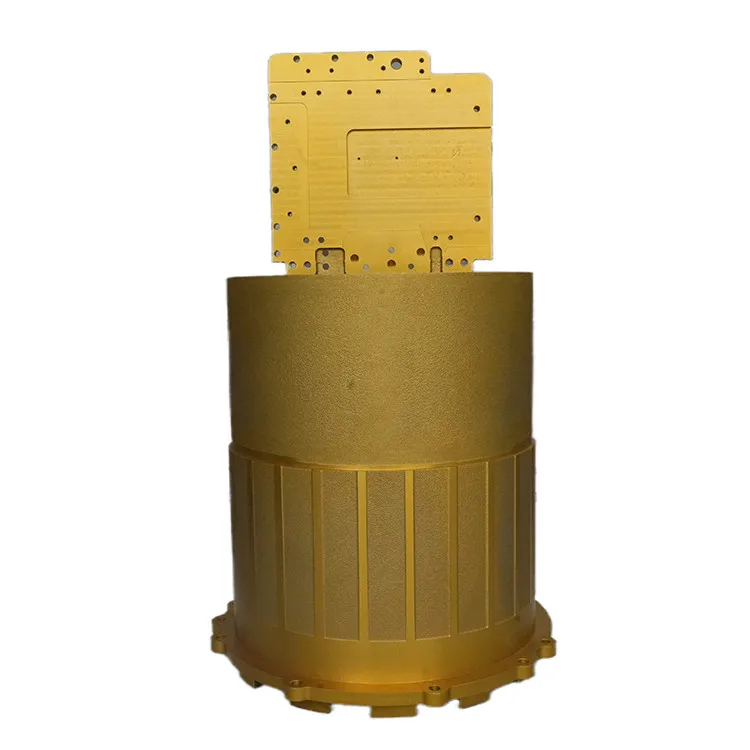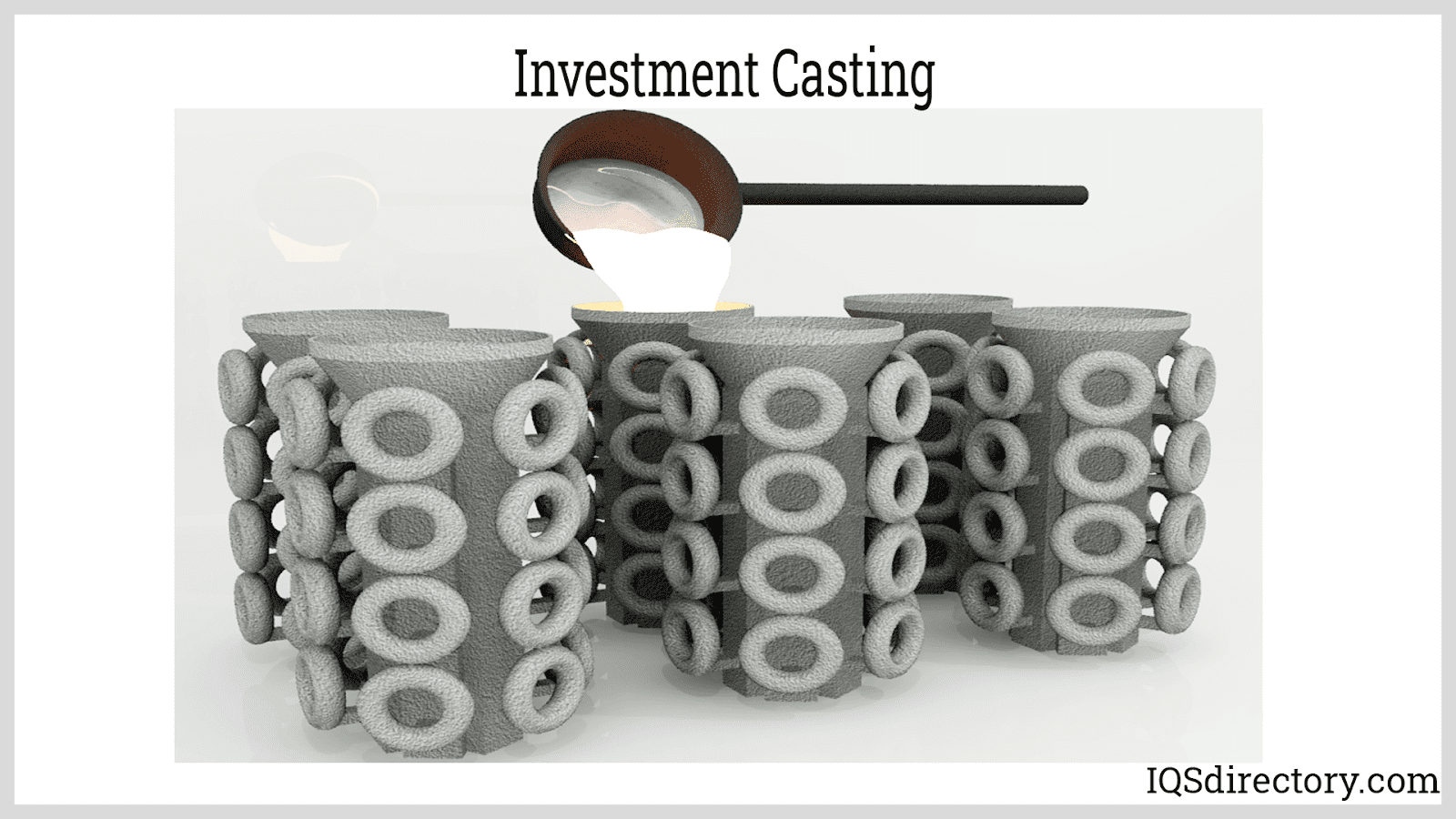Recognizing the Environmental Advantages of Aluminum Foundry Techniques
Aluminum factory strategies play an essential duty beforehand sustainability within the production field. By executing sophisticated reusing methods and energy-efficient practices, these methods significantly reduce waste and carbon impacts. Cutting-edge casting approaches better enhance resource preservation initiatives. As markets increasingly focus on ecological responsibility, recognizing the complete impact of these practices ends up being important. What particular developments are leading the way in this makeover?
The Duty of Light Weight Aluminum in Lasting Production
Although lots of materials add to lasting manufacturing, light weight aluminum stands out because of its distinct residential properties and recyclability. This lightweight steel is not just long lasting however likewise possesses outstanding corrosion resistance, making it a suitable selection for different applications, from auto to building and construction. Its high strength-to-weight proportion leads to energy cost savings throughout transportation and use. Aluminum can be recycled forever without losing its inherent qualities, advertising a round economy.
The production process of aluminum has progressed, including energy-efficient techniques that decrease carbon impacts. By making use of sustainable energy resources, producers are increasingly minimizing the environmental influence related to aluminum manufacturing. Additionally, the usage of recycled aluminum needs substantially much less power compared to drawing out and improving primary light weight aluminum, causing reduced greenhouse gas emissions. As markets look for sustainable remedies, light weight aluminum's flexibility and environment-friendly characteristics placement it as a pivotal product in the pursuit of greener production techniques.
Advanced Recycling Techniques in Light Weight Aluminum Foundries
Advanced recycling techniques in light weight aluminum foundries are revolutionizing the method scrap light weight aluminum is processed and reused. Cutting-edge methods, such as closed-loop recycling systems, enable foundries to recover aluminum from manufacturing waste and outdated products effectively. These systems reduce material loss and enhance the high quality of recycled light weight aluminum, making it a viable alternative to primary aluminum production.
Furthermore, progressed arranging innovations, consisting of automated optical sorting and X-ray fluorescence, enhance the separation of aluminum from other materials, making certain greater purity levels in recycled results. This precision lowers contamination, which can endanger the stability of the end product.
Moreover, the integration of advanced melting technologies, such as induction melting and energy-efficient heating systems, simplifies the reusing procedure, reducing energy intake. Collectively, these innovations add to an extra sustainable aluminum market by reducing dependence on virgin products and reducing greenhouse gas emissions connected with aluminum manufacturing.
Energy Efficiency Improvements in Factory Workflow
Energy efficiency renovations in light weight aluminum factory operations can significantly enhance sustainability practices. Executing waste warmth healing systems allows factories to repurpose excess energy, reducing total energy intake. Furthermore, improvements in process automation streamline operations, resulting in lowered waste and enhanced resource use.
Waste Heat Recuperation
Applying waste warm recovery systems in light weight aluminum foundries greatly improves power effectiveness by recording and recycling excess thermal power created during manufacturing procedures. These systems assist in the conversion of squandered heat into useful energy, which can be made use of for different applications within the factory, such as preheating materials or powering equipment. By recouping heat that would certainly or else be removed right into the environment, factories can substantially decrease their total power consumption and greenhouse gas emissions. This technique not only lowers operational expenses however likewise promotes lasting methods within the market. In addition, the adoption of waste warmth recovery innovations straightens with regulatory requirements intended at decreasing ecological effect, making it a necessary part of modern aluminum factory operations.
Process Automation Advantages
Automating processes in aluminum factories can considerably boost power efficiency by optimizing manufacturing workflows and lowering waste. By carrying out advanced innovations such as robotics and machine knowing, foundries can simplify procedures, reducing unnecessary energy usage. Automated systems facilitate accurate control over temperature level and product handling, making sure that energy is used only when needed. Additionally, real-time monitoring enables immediate modifications, lowering the threat of energy loss. The combination of automation not only enhances performance but likewise lowers functional prices, making factories much more affordable. As a result, these energy-efficient practices contribute significantly to sustainability goals, lowering the environmental footprint of light weight aluminum manufacturing while meeting boosting market demands - aluminum casting. Enhanced power efficiency with automation represents a crucial step in the direction of greener foundry operations
Minimizing Waste Through Innovative Casting Approaches
Innovative spreading approaches play a vital role in minimizing waste in aluminum foundries. Techniques such as sophisticated molding and the application of recyclable materials considerably reduce manufacturing scrap. These practices not only enhance performance yet also add to a much more lasting manufacturing process.
Advanced Molding Techniques
As markets increasingly focus on sustainability, advanced molding methods in aluminum shops arise as efficient remedies for reducing waste. These cutting-edge techniques, such as 3D printing and precision mold and mildew making, substantially enhance the effectiveness of the spreading procedure. By using computer-aided layout (CAD) and simulation technologies, makers can enhance mold and mildew geometry, reducing material use while keeping item honesty. In addition, advanced methods make it possible for the production of complex forms that typical approaches can not attain, decreasing the demand for added machining and thereby decreasing scrap material. The adaptability of these techniques enables fast prototyping, further reducing preparations and power consumption. In general, the implementation of advanced molding techniques represents an essential step towards eco liable light weight aluminum production, aligning with global sustainability objectives.
Recyclable Material Utilization
Recyclable materials play a critical role in decreasing waste within aluminum factories, transforming the casting landscape via their reliable use. By integrating scrap aluminum and various other recyclable parts right into the production procedure, factories can considerably reduce the need for virgin products. This not only preserves natural deposits however additionally minimizes power usage associated with mining and refining. Innovative casting methods, such as die spreading and sand casting, enable smooth combination of these materials, ensuring premium outcomes. The use of recyclable products promotes a circular economy, where resources are consistently reused and repurposed, lowering land fill contributions. Ultimately, the strategic usage of recyclables enhances sustainability while promoting cost-effectiveness in aluminum factory procedures.
Minimizing Production Scrap

Life Cycle Assessment of Light Weight Aluminum Products
Although aluminum is extensively acknowledged for its resilient and light-weight properties, an extensive Life process Evaluation (LCA) reveals the environmental impacts related to its production, use, and disposal. The LCA procedure checks out the power consumption, greenhouse gas exhausts, and source depletion linked to aluminum items from extraction of bauxite ore to end-of-life monitoring. Primary light weight aluminum production is energy-intensive, frequently counting on fossil fuels, which contributes significantly to carbon footprints. On the other hand, reusing aluminum provides substantial environmental benefits, as it uses only a fraction of the energy needed for primary manufacturing. In addition, the recycling process decreases garbage dump waste and conserves natural deposits. The LCA likewise thinks about the item's durability and capacity for reuse, stressing the significance of sustainable layout. Generally, comprehending the life cycle impacts of light weight aluminum items is vital for making educated decisions that prioritize ecological sustainability within the market.
Situation Researches: Successful Lasting Practices in the Sector
The aluminum industry has actually begun to accept ingenious sustainable helpful hints practices that attend to the ecological difficulties determined in Life Cycle Assessments. One noteworthy case is a leading shop that carried out a closed-loop recycling system, substantially reducing waste and energy consumption. By reusing scrap review light weight aluminum in manufacturing, the center achieved a 40% decrease in its carbon footprint.
An additional instance involves a maker that adopted renewable resource resources, powering its procedures with solar and wind power - Aluminum Foundry. This shift not only lowered greenhouse gas exhausts but additionally boosted the business's credibility amongst eco mindful consumers
Additionally, a 3rd foundry has actually bought sophisticated spreading strategies, which maximize material usage and decrease problems, additionally reducing resource intake. These situation researches illustrate that the light weight aluminum industry can integrating sustainable techniques, demonstrating both environmental duty and economic feasibility, inevitably contributing to an extra sustainable future.
Often Asked Questions
Exactly How Does Light weight aluminum Compare to Various Other Steels in Sustainability?
Light weight aluminum is usually thought about extra lasting than lots of metals as a result of its recyclability, lower energy requirements for manufacturing, and reduced environmental effect. Its lifecycle effectiveness goes beyond that of steel and copper in various applications.
What Is the Carbon Footprint of Light Weight Aluminum Foundry Processes?
The carbon impact of light weight aluminum factory procedures differs, usually varying from 4 to 15 metric tons of carbon dioxide per ton of aluminum produced. Variables affecting this consist of power resources, innovation, and the effectiveness of procedures.
Are There Wellness Threats Linked With Aluminum Shop Procedures?

What Are the Costs Connected With Lasting Light Weight Aluminum Techniques?
The costs related to lasting aluminum methods include higher preliminary investments in technology, prospective increases in operational expenditures, and continuous upkeep. These are commonly balanced out by lasting savings and minimized environmental impact.

How Does Aluminum Recycling Impact Resident Communities?
Light weight aluminum reusing positively influences local areas by producing tasks, lowering landfill waste, and reducing energy costs. It fosters financial development and advertises environmental stewardship, causing much healthier advice living conditions and improved community engagement in sustainability efforts.
Furthermore, the usage of recycled light weight aluminum calls for considerably less power contrasted to removing and improving primary light weight aluminum, leading to reduced greenhouse gas exhausts. Advanced reusing strategies in light weight aluminum foundries are reinventing the means scrap light weight aluminum is processed and reused. aluminum casting. Implementing waste heat recuperation systems in light weight aluminum foundries substantially improves power performance by recording and recycling excess thermal energy created throughout production processes. Automating procedures in light weight aluminum foundries can greatly boost energy efficiency by optimizing production process and minimizing waste. The carbon footprint of light weight aluminum shop processes differs, commonly varying from 4 to 15 statistics lots of Carbon dioxide per bunch of light weight aluminum generated